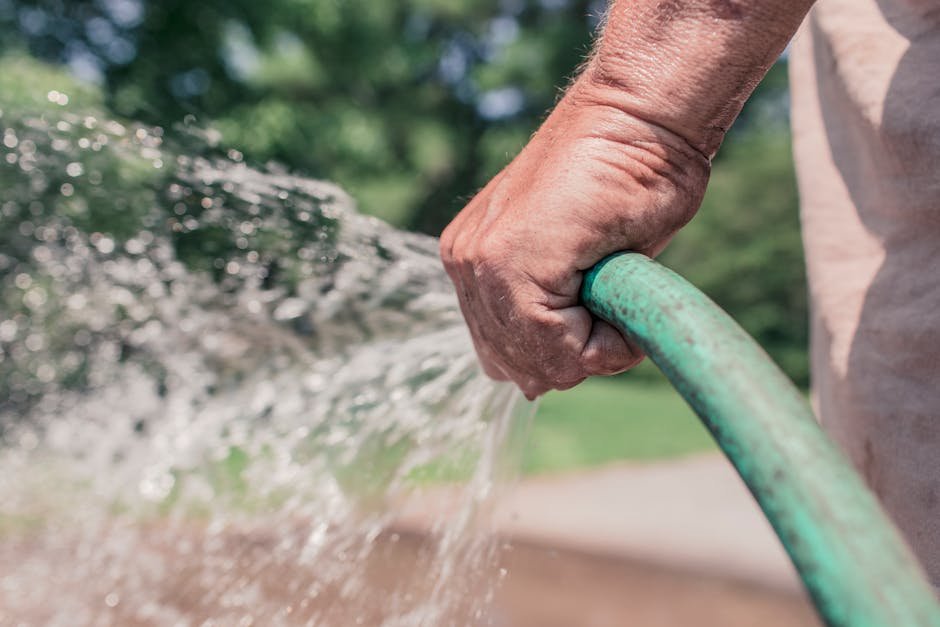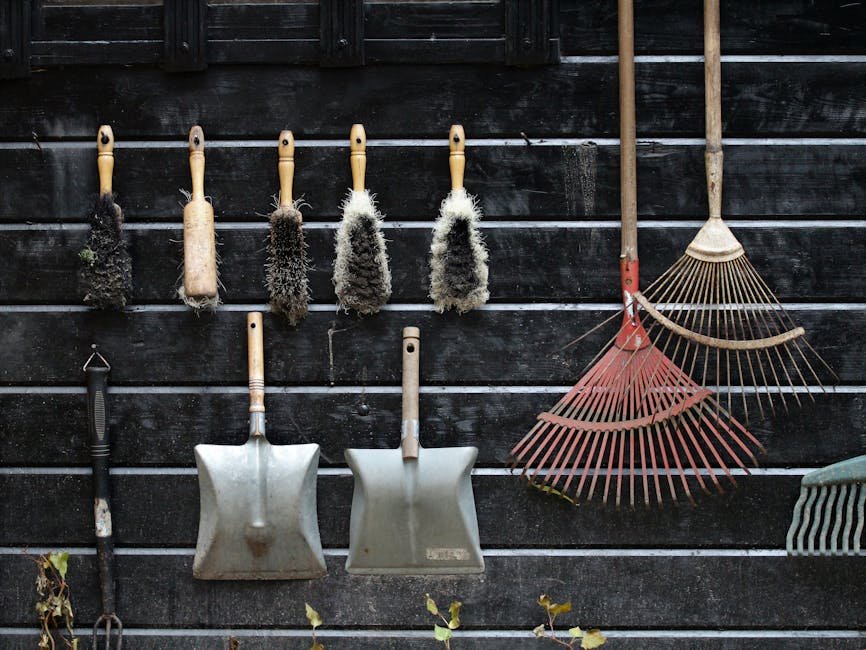
How to Remove a Stubborn Old Garden Hose Without Damaging Plumbing Fixtures and Pipes
🛒 Shopping List
- Lubricating oil or silicone spray (€5–€10)
- Heat-resistant cloth (€2–€5)
- Pipe wrench (€10–€20)
✅ Outcome
- Professional finish with safe anchoring.
- Beginner-friendly, clean tools list.

Removing an old garden hose can be a daunting task, especially when it’s stuck and you want to avoid damaging your plumbing fixtures and pipes. In this guide, we will walk you through the necessary steps to safely and effectively remove that stubborn hose while preserving the integrity of your outdoor plumbing. Whether you’re preparing for a new hose or just cleaning up your garden area, this guide is here to help.
Materials
- Lubricating oil or silicone spray
- Heat-resistant cloth
- Pipe wrench (if needed)
- Replacement hose (if necessary)
Tools
- Adjustable wrench
- Garden shears or scissors
- Putty knife or flathead screwdriver
- Bucket (to catch any water)
Steps
- **Prepare the Area:** Start by clearing the area around the hose connection. Remove any debris or plants that may obstruct your access to the hose and plumbing fixtures.
- **Turn Off Water Supply:** Locate the water supply valve leading to the hose and turn it off. This prevents any water from spraying when you disconnect the hose.
- **Drain the Hose:** Disconnect the hose from the faucet and let any remaining water drain out. If the hose is stuck, you might need to cut it first.
- **Apply Lubrication:** Spray a generous amount of lubricating oil or silicone spray onto the connection where the hose meets the faucet. Allow it to sit for a few minutes to penetrate and loosen any debris or corrosion.
- **Use Heat (Optional):** If the hose is still stuck, wrap a heat-resistant cloth around the connection and apply heat using a hairdryer on a low setting. This can help expand the metal and loosen the connection. Be cautious to avoid overheating.
- **Loosen the Connection:** Using an adjustable wrench, gently grip the hose connector and turn it counterclockwise. If the hose is still resistant, you may need to use a pipe wrench for extra leverage. Be careful not to apply too much force, as this may damage the plumbing fixtures.
- **Cut the Hose (if necessary):** If the hose remains stubborn, use garden shears or scissors to cut the hose into sections. This may relieve pressure and allow you to unscrew the remaining pieces from the faucet.
- **Remove the Connector:** Once the hose is cut, carefully unscrew any remaining parts attached to the faucet with your adjustable wrench. Make sure to catch any water that may still be in the line with your bucket.
- **Inspect the Plumbing:** After removal, inspect the plumbing fixtures for any signs of damage or wear. Clean any debris left behind to ensure a proper seal for the new hose.
- **Install New Hose (if applicable):** If you have a new hose ready, attach it by screwing it onto the faucet connection. Use your adjustable wrench to tighten it gently, ensuring a snug fit without over-tightening.
Maintenance Tips
To prolong the life of your garden hose, always drain it after use and store it in a cool, dry place. Inspect the hose regularly for signs of wear and replace it if you notice any leaks or damages.
Safety
- Always wear gloves to protect your hands from cuts and abrasions.
- Use caution when applying heat to avoid burns or damaging surrounding materials.
- Ensure that the area is dry to prevent slips and falls while working.
FAQ
Q: What should I do if the hose is still stuck after following these steps? A: If the hose remains stuck, consider seeking assistance from a professional plumber who can help remove it safely without causing damage to your plumbing.

